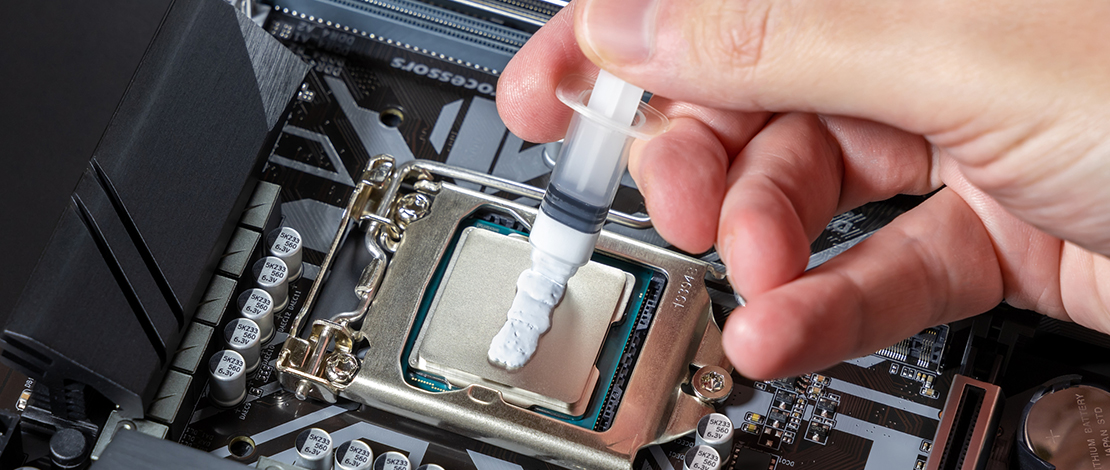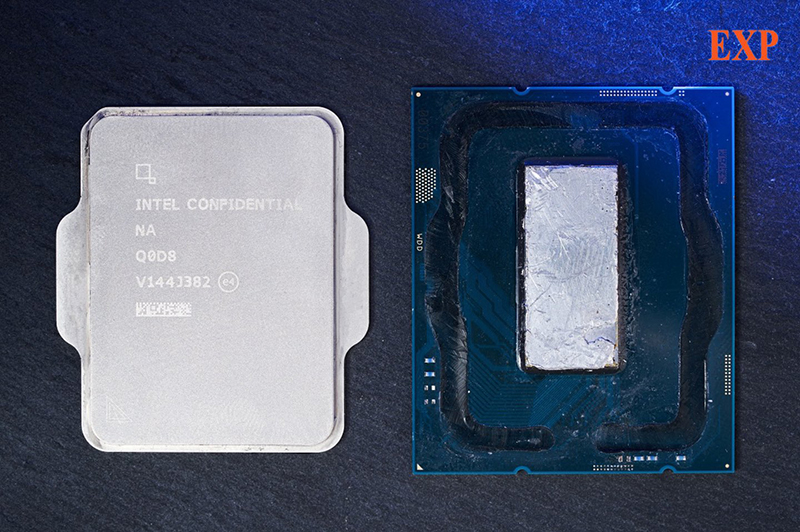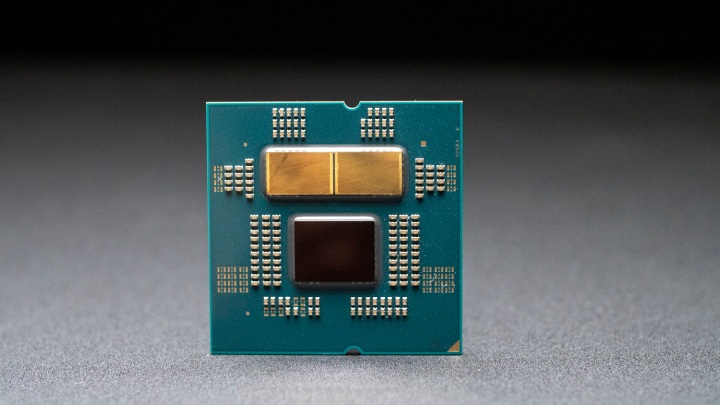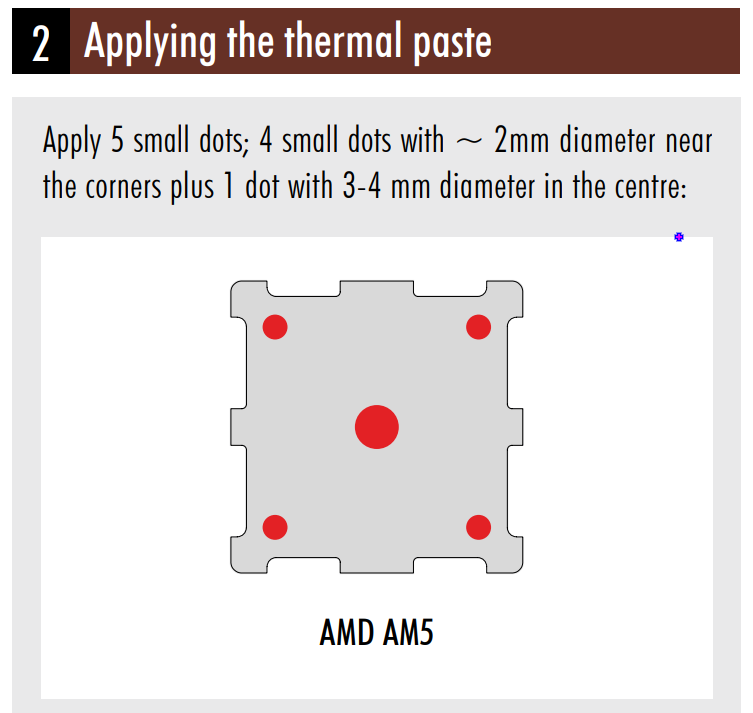This Is Why You Should Use More Thermal Paste for Your CPU!

It is pretty clear that having too little thermal paste is a lot worse than having way more than needed for your GPU, but what about your CPU? The traditional approach to this always stated that a small rice grain size dot of thermal paste is more than enough for your CPU to have proper thermal paste coverage when the CPU cooler is mounted properly.
Since this topic is being questioned it is pretty clear that the traditional method might not be the best anymore and there are very simple reasons why this is the case.
The Future Is Now
The simplest and fastest explanation as to why using a tiny bit of thermal paste and expecting the CPU cooler to spread it evenly does not work anymore is because over time CPUs themselves have grown bigger in dimensions.
While the chips became smaller (5 nm) the IHS is becoming bigger to accommodate the higher heat dissipation necessary to keep these CPUs from thermal throttling.


Source: AMD
As explained by JayzTwoCents in this very simple video, because of the shapes and sizes of the new CPUs, and where their die is situated relative to the IHS if you do not manually spread thermal paste around the entire surface you will most likely deal with a thermally throttling CPU.
In short, the pea-sized dot of thermal paste does not work for newer CPUs and a manual application where you spread the thermal paste evenly across the IHS is a safer choice.
Use More Thermal Paste!
To achieve an even spread across a big IHS you need to use a lot more thermal paste than you would otherwise think you need. As once again explained by Jay you can use a ton of thermal paste since it is not conductive, meaning it cannot short out your components. This however changes if you want to use liquid metal or other conductive replacements for thermal paste.
Drop a big chunk of thermal paste, spread it around with a spatula making sure every single corner is covered properly (same technique as applying thermal paste for a GPU), and do not be afraid of using too much thermal paste – nothing bad can come out of it (using too much thermal paste can degrade thermal conductivity but the difference in degrees is so small that you can just ignore it in most cases).
This method of application has been used for a long time for server CPUs which are HUGE compared to mainstream parts and also offers the most consistent results since you guarantee an even spread for every application.
If you are not a big fan of manually spreading the thermal paste you can try the Noctua method where you apply more dots across the IHS to cover all of it evenly.

TL;DR
The pea-sized thermal paste blob does not work anymore for newer CPUs since the IHS is bigger resulting in spots with no thermal paste at all. The best way to achieve consistent results with no thermal throttling is to use more thermal paste and spread it evenly around the entire IHS a.k.a the GPU thermal paste application method.